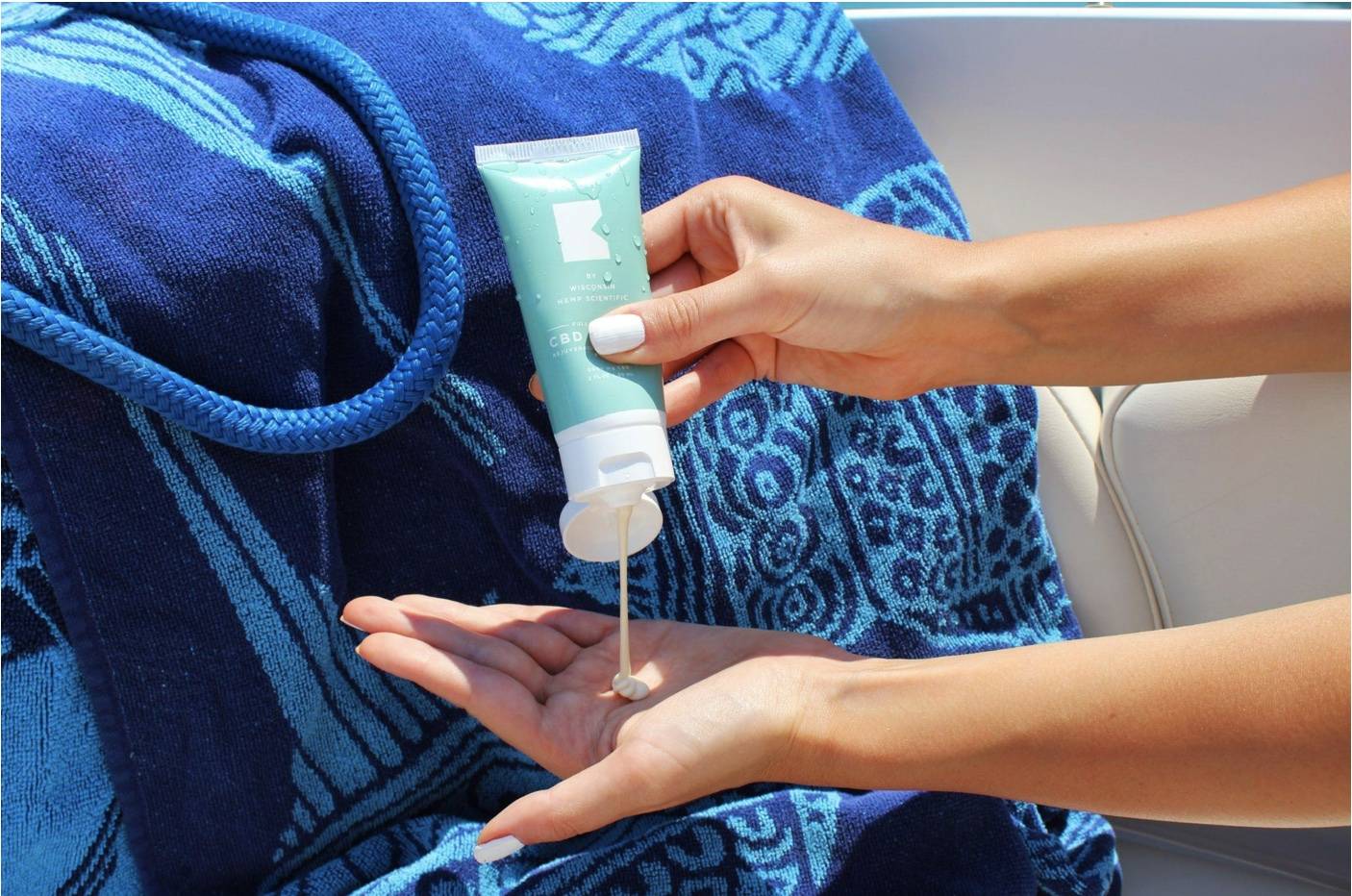
May 2022. This article is independently written by Shelby Golding. All opinions given are hers. Shelby has been certified as a personal trainer and nutritional specialist since 2007. In 2008, she found her passion for writing about these topics and hasn't looked back.

One in five Americans will develop skin cancer throughout their lifetime, a staggering statistic for the most prevalent type of cancer in the United States. Thankfully, 99% of skin cancer patients recover fully if the skin cancer stays localized and gets caught early. However, if skin cancer reaches the lymph nodes, the survival rate falls to 68%.
The worst part about most skin cancer cases is that most cases are preventable. Protecting your skin, especially in the first 18 years of your life, reduces your chances of developing skin cancer by almost 78%.
Keep reading to get the essential skincare facts for summer, including when to wear sunscreen, what sunscreen you should buy, and other ways to protect your skin as the days begin to warm up.
When to Wear Sunscreen
For any level over 4, apply sunscreen any time you're out in the sun. Avoid standing outside in the middle of the day and wear protective clothing.
You should always wear sunscreen to protect your skin, no matter your skin color. Babies under six months of age are the exception since they have extremely sensitive skin. They should be protected using tarps and clothing until their skin becomes less sensitive.
SPF: Sun Protection Factor

You should also consider buying a sunscreen that's good for the planet. Certain chemicals, like oxybenzone and octinoxate, contaminate the environment. These sunscreens cause coral death, bleaching, and reproductive and congenital disabilities throughout the underwater ecosystem.
Sunscreen uses SPF to denote the strength of protection. SPF, or sun protection factor, represents the amount of time it will take your skin to redden if you use the sunscreen as directed compared with the amount of time without sunscreen. So, for SPF 30, it would take 30 times longer for your skin to burn.
The Skin Cancer Foundation recommends any sunscreen with an SPF above 15. Recommendations for when to wear sunscreen also rely on your lifestyle. For example, if you're in and out of doors all day, SPF 15 should protect you from skin damage. But if you're spending long hours outdoors, you may want to consider SPF 30 or higher. Sunscreen should be applied every two hours, and anytime you swim or sweat.
Types of Sunscreen
Physical mineral sunscreens block rays before they hit your skin using minerals like titanium dioxide and zinc oxide. Chemical sunscreens absorb UV rays to prevent skin damage using ingredients like avobenzone and octisalate.
Physical sunscreens tend to work better for sensitive skin, but both types of sunscreens are considered safe for everyday use. In addition, many of the sunscreens on today's market contain both mineral and chemical protection.
Many sunscreens today also cover a broad spectrum, which protects from both UVA and UVB sun rays.
What Happens if You DON’T Wear Sunscreen?
About 90% of the signs of aging on your skin are due to too much sun exposure. Damaged skin is more prone to wrinkles, sunspots, rough spots, and bruising. Sunburns are also dangerous since your chances of developing melanoma (the most common type of skin cancer) double after five or more sunburns.
After a few years of unprotected sun exposure, you develop a rough, scaly patch of skin called actinic keratosis. This common form of precancer affects 58 million Americans.
Continued sun exposure could lead to cancer. Basal cell carcinoma, squamous cell carcinoma, and melanoma are the three major types of skin cancer. Some people are more prone to developing skin cancer, including family history and people with light skin.
Other Sun Protection Practices
Disclaimer: Kailo should not be used if you have a pacemaker or if you are pregnant. Always consult your doctor or health care professional before using Kailo.






